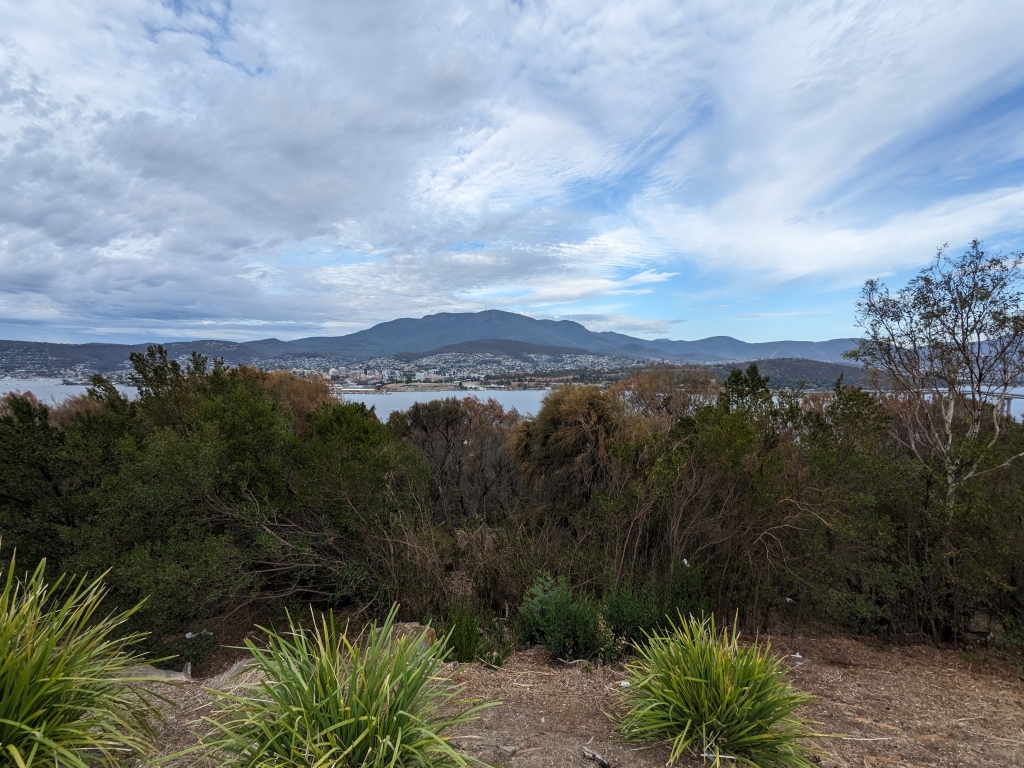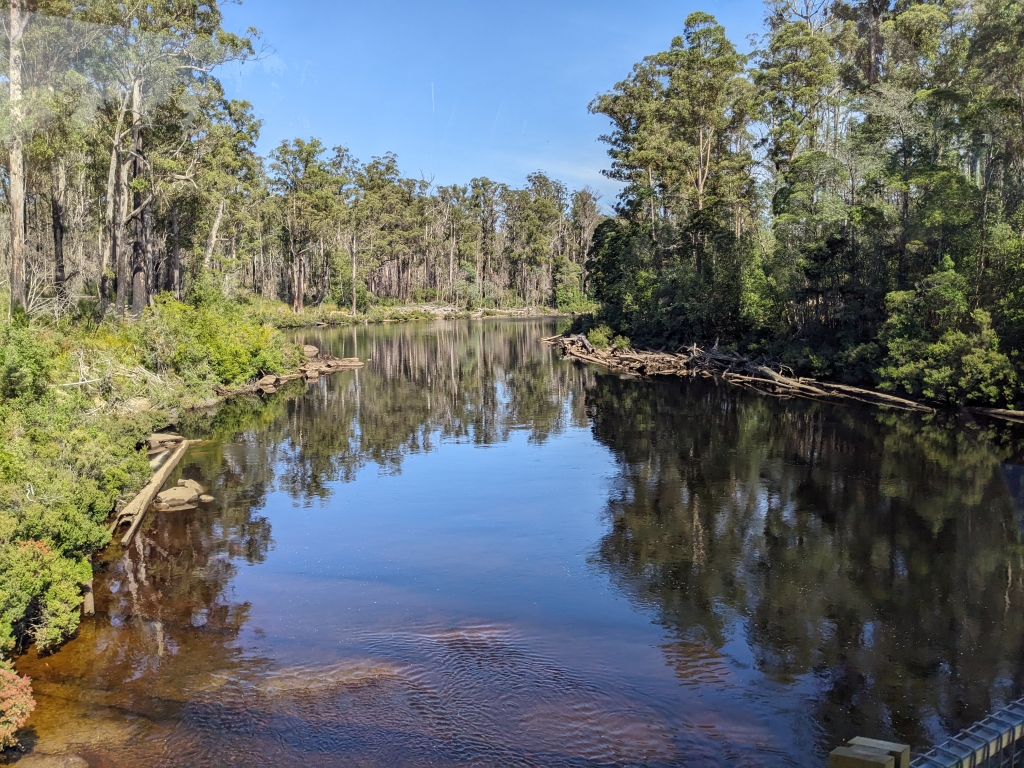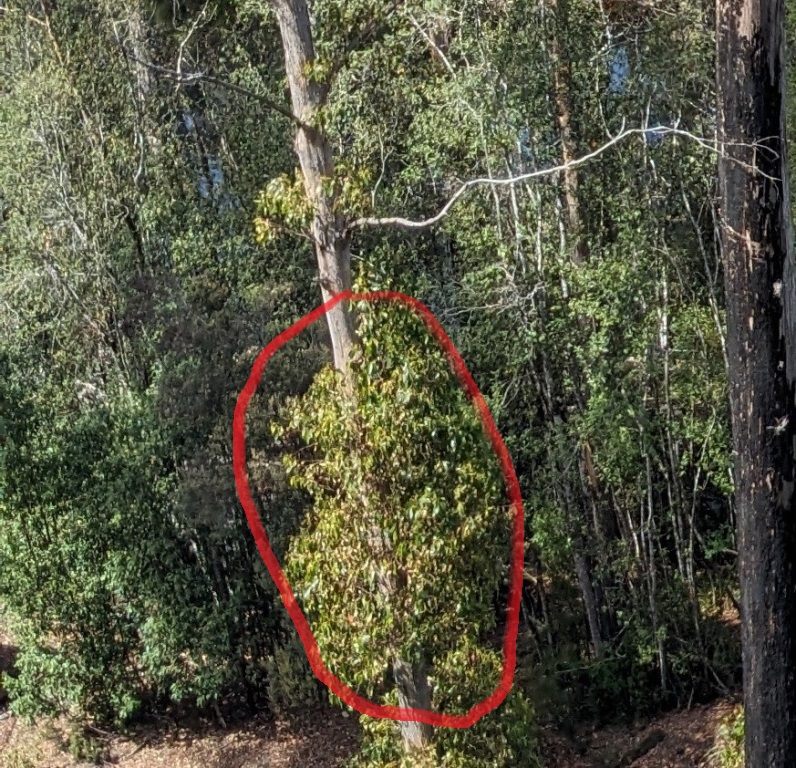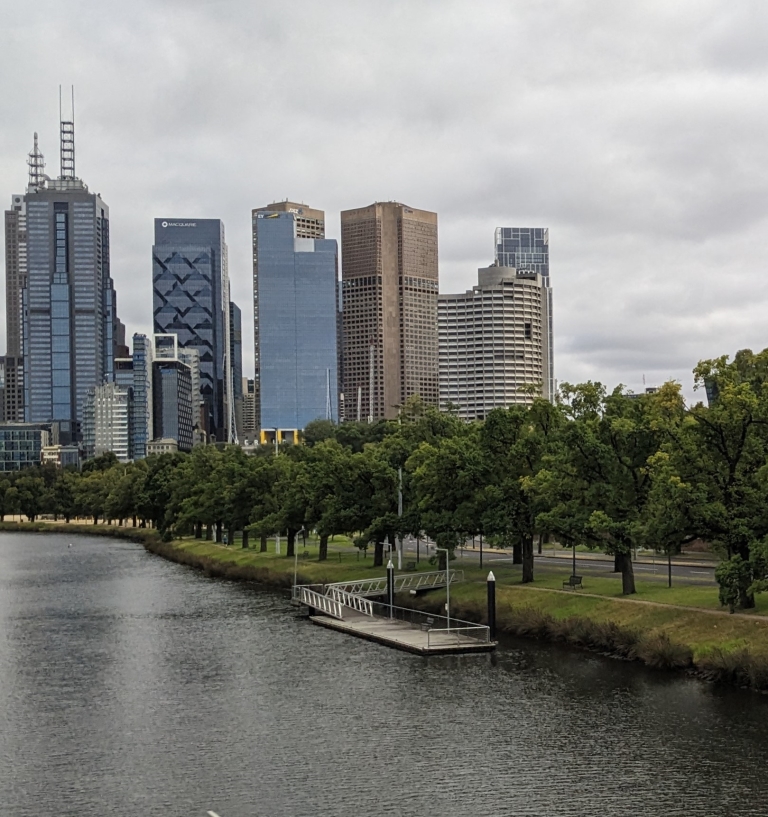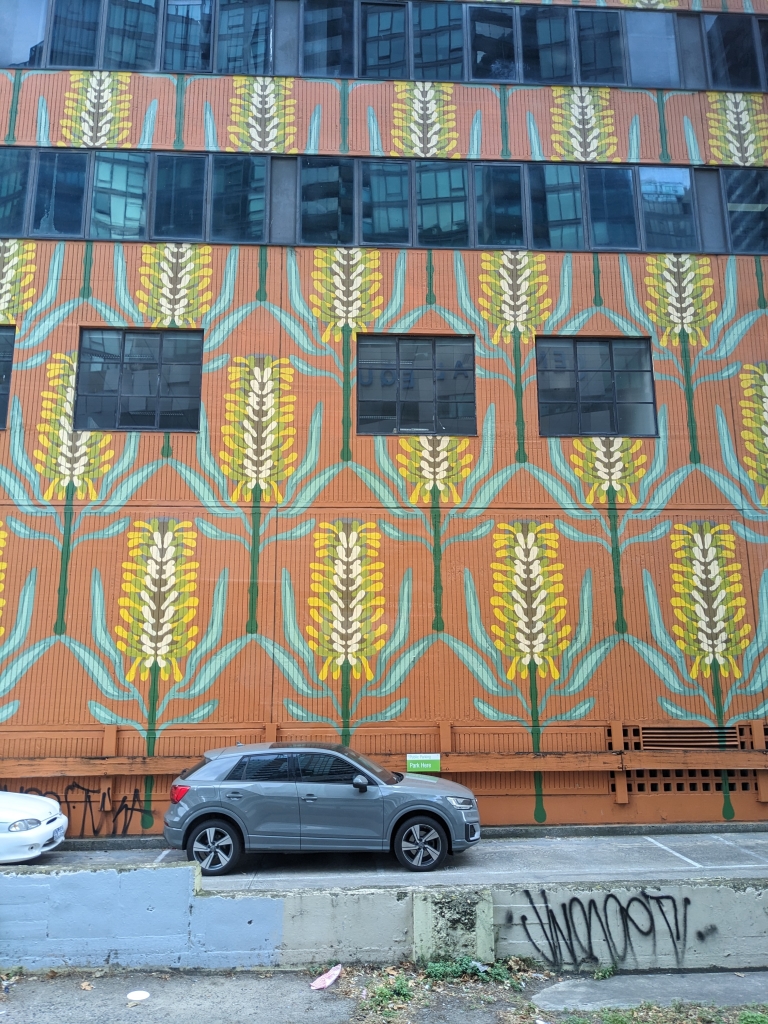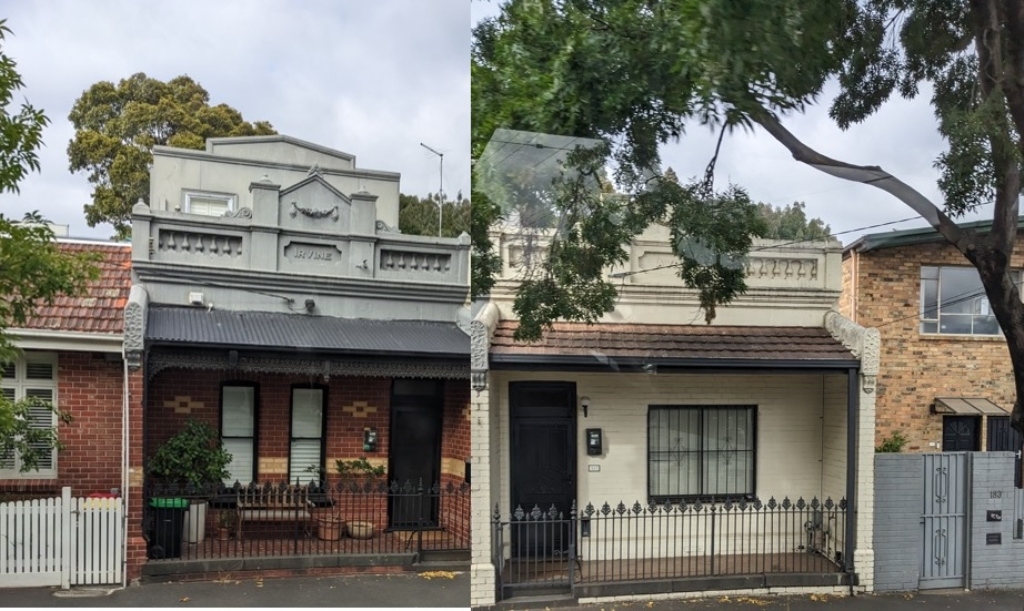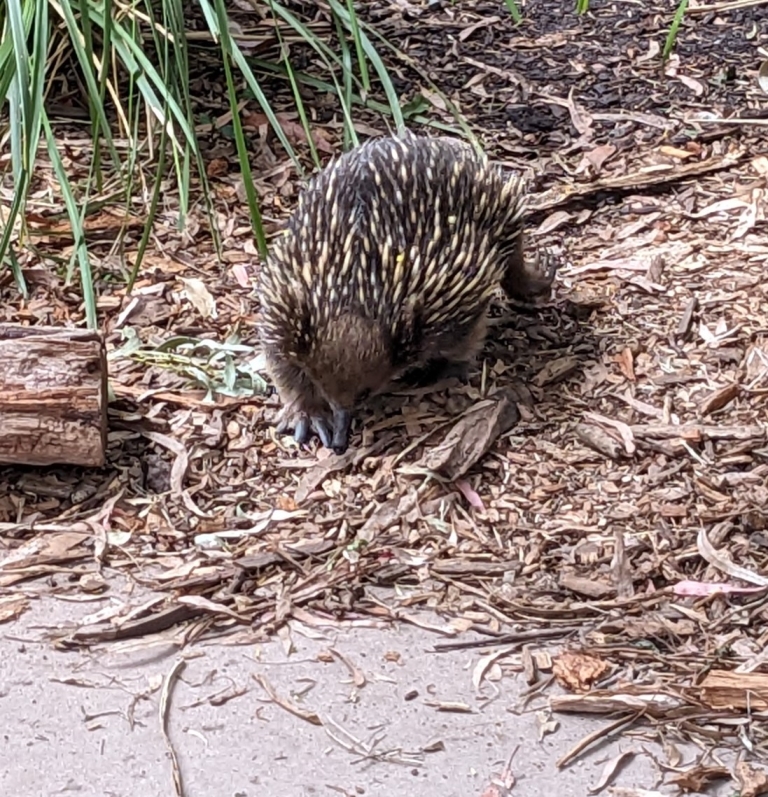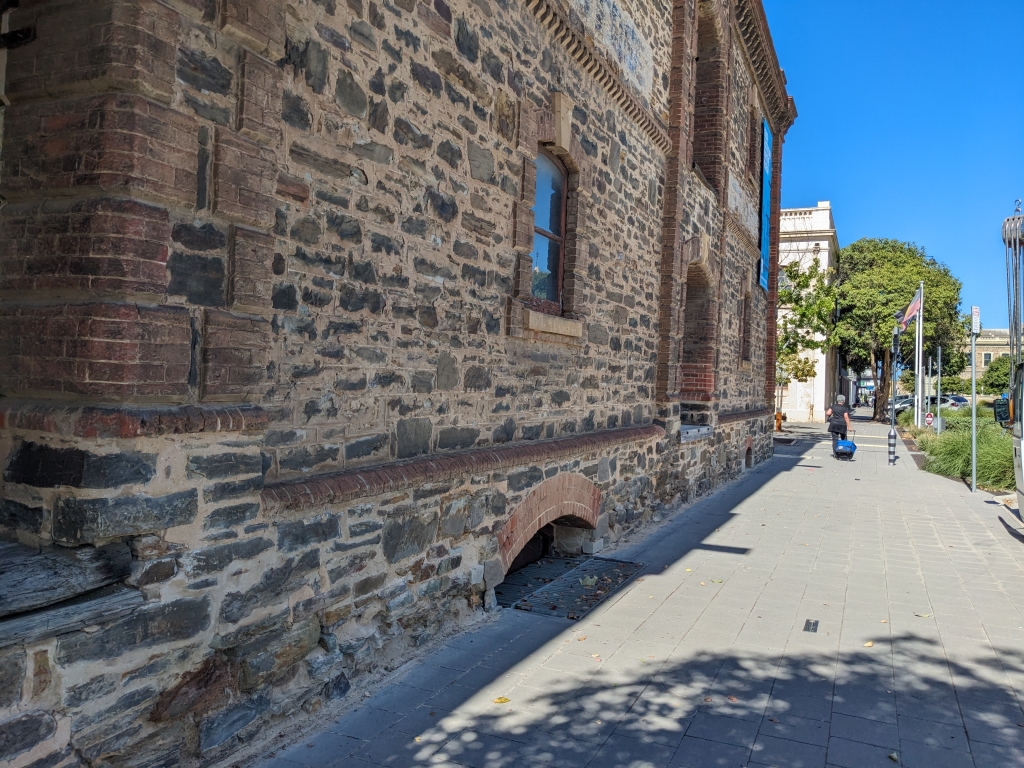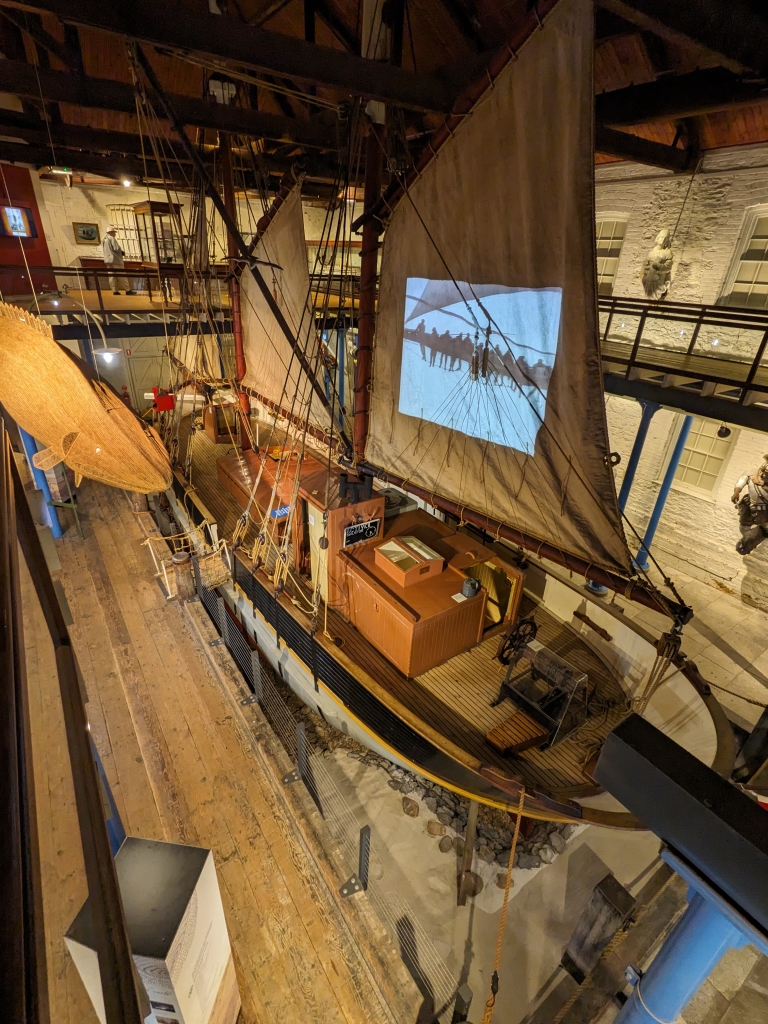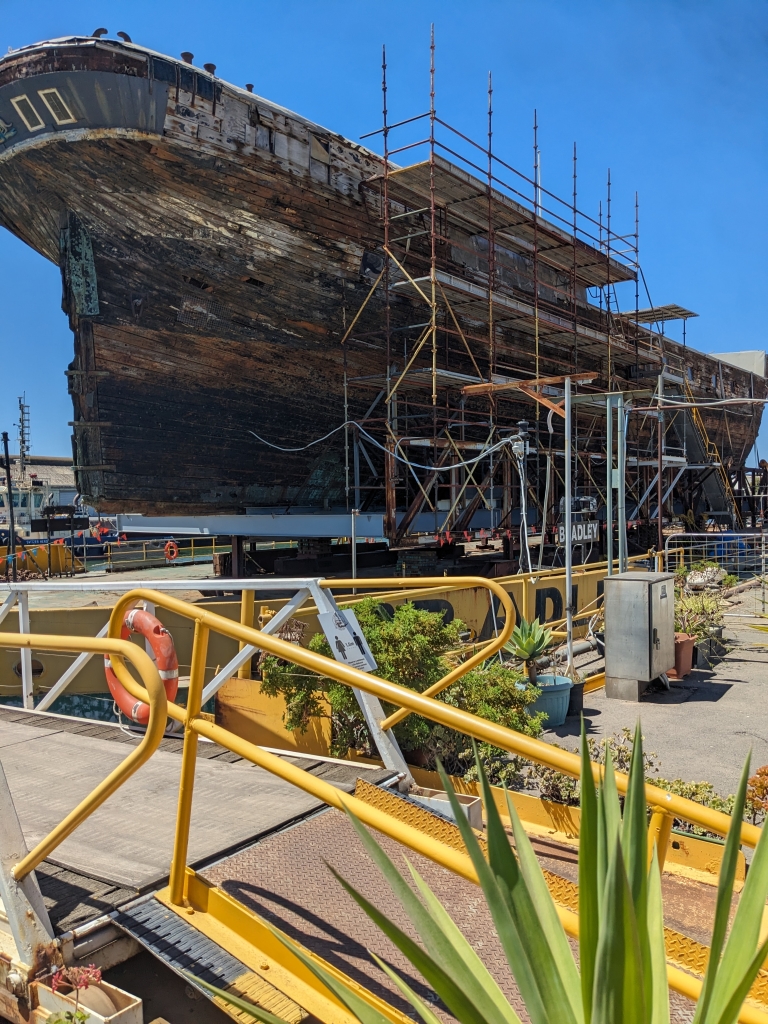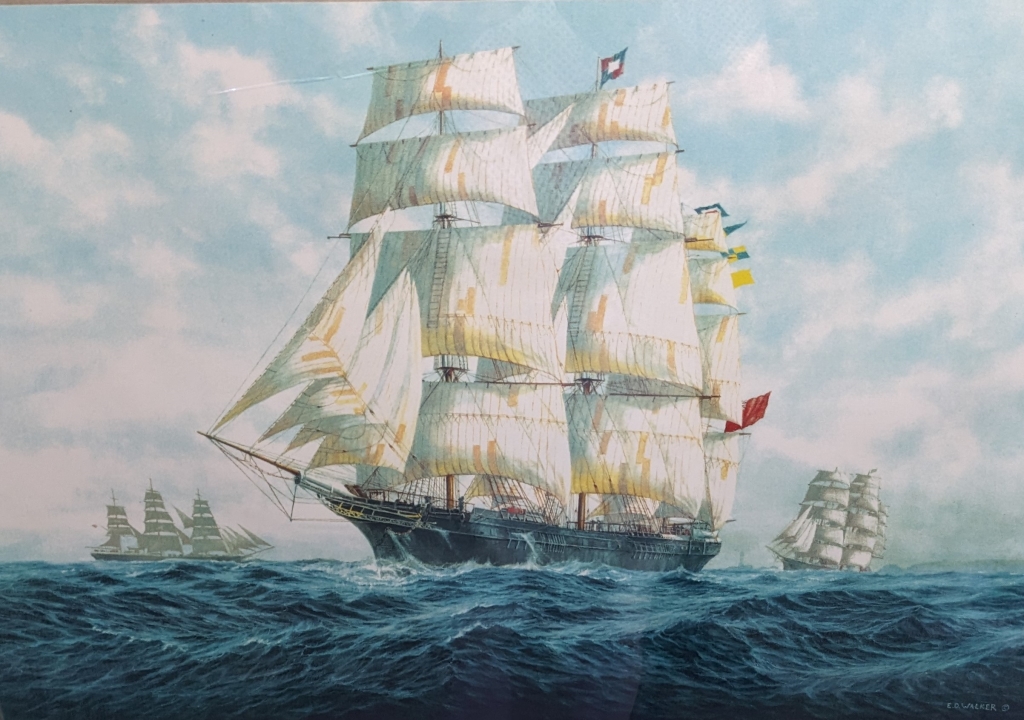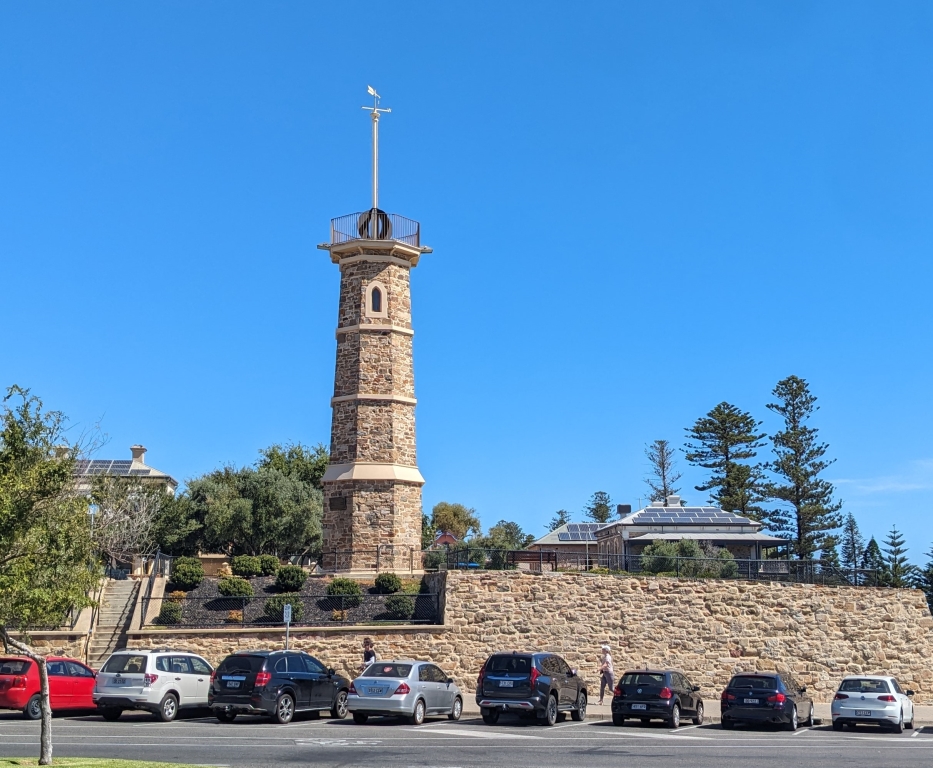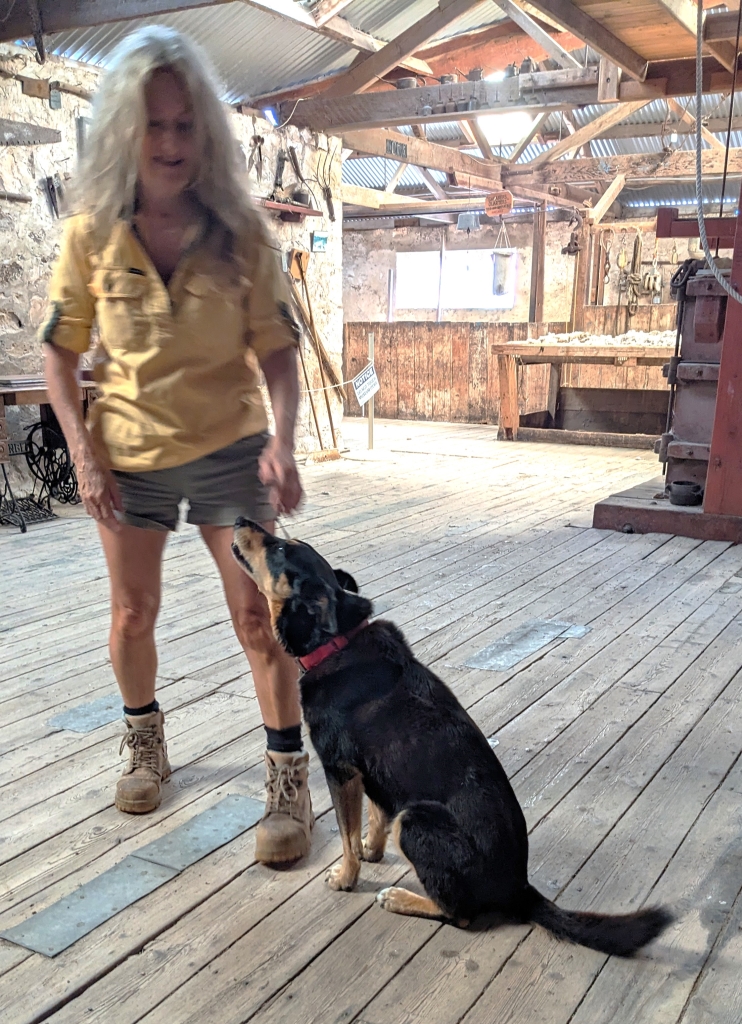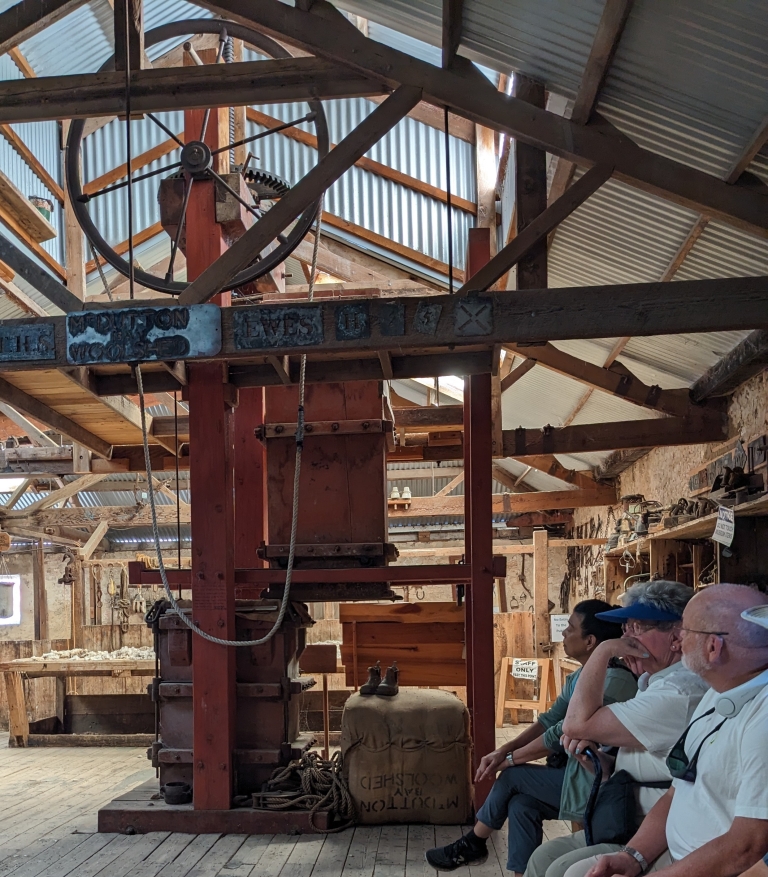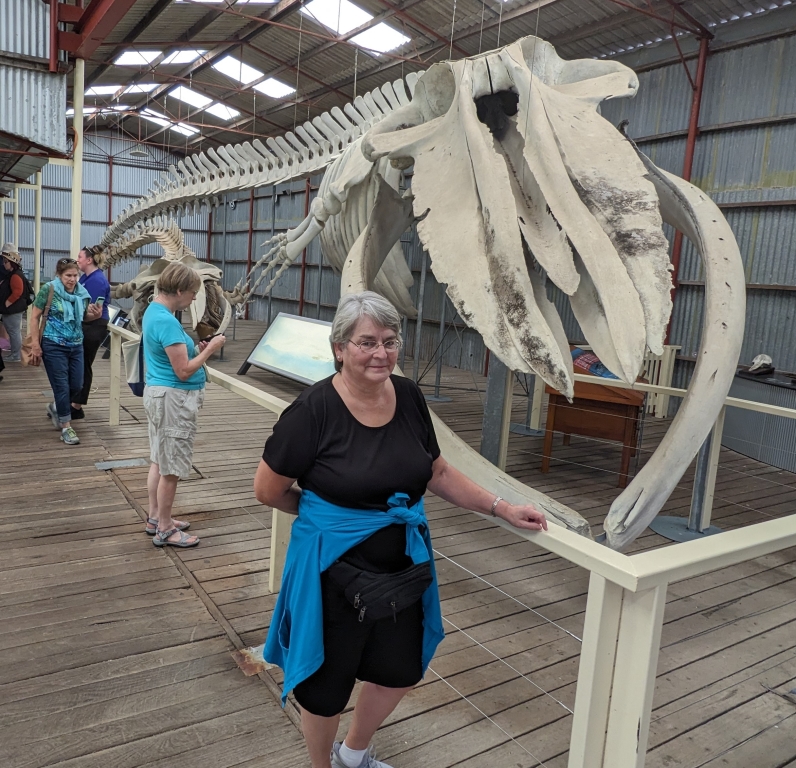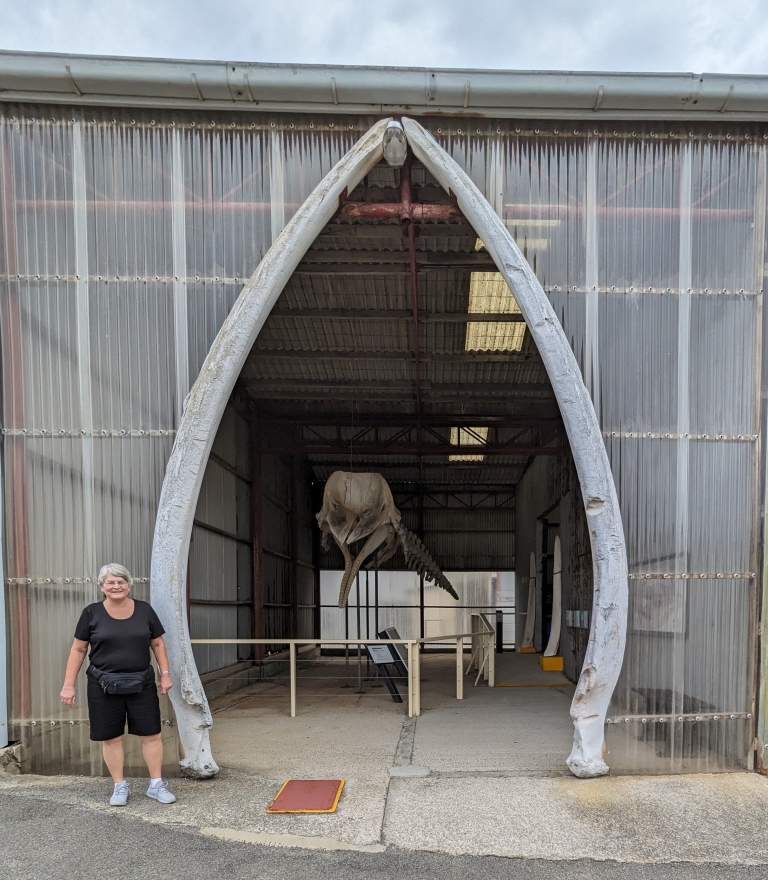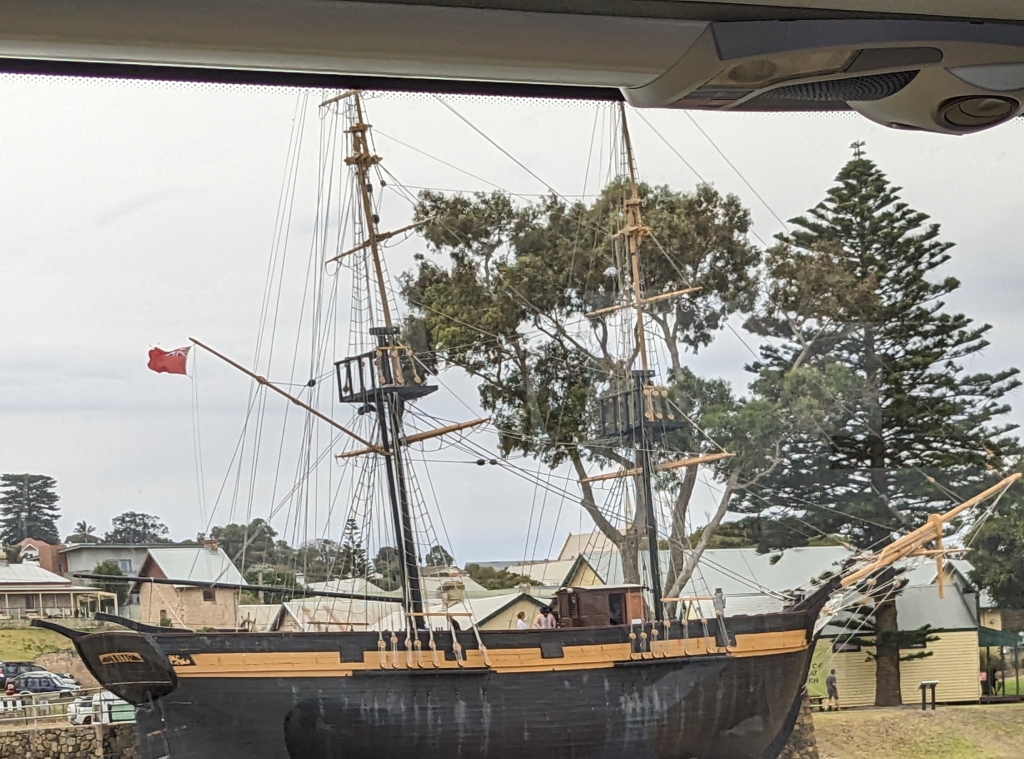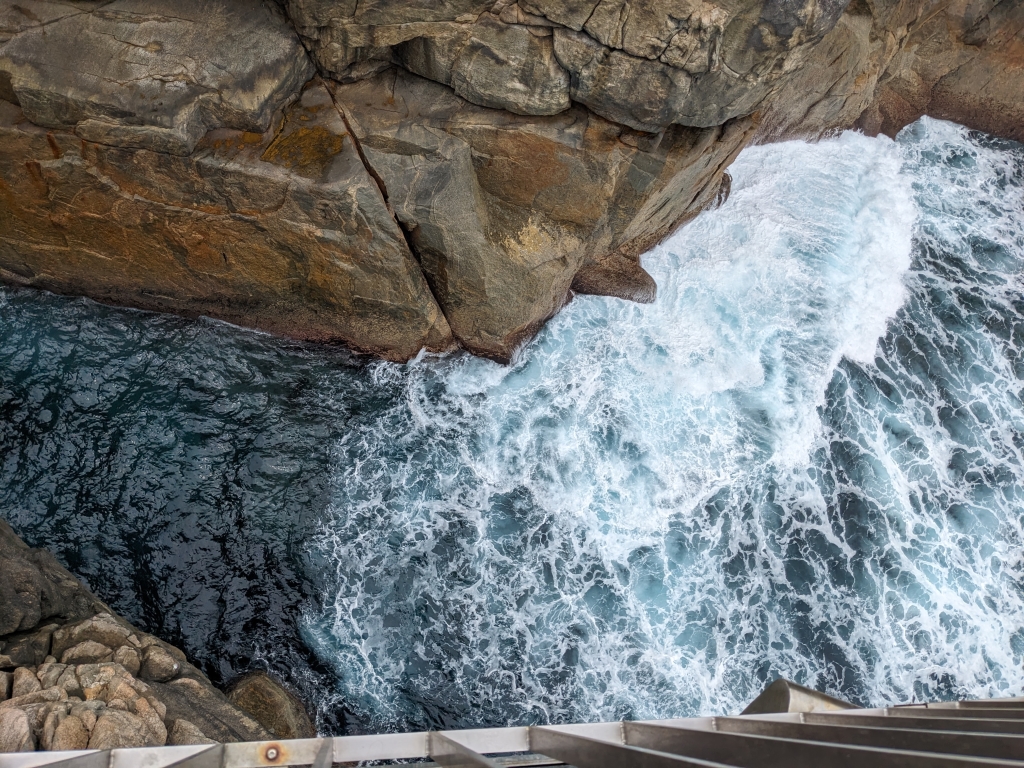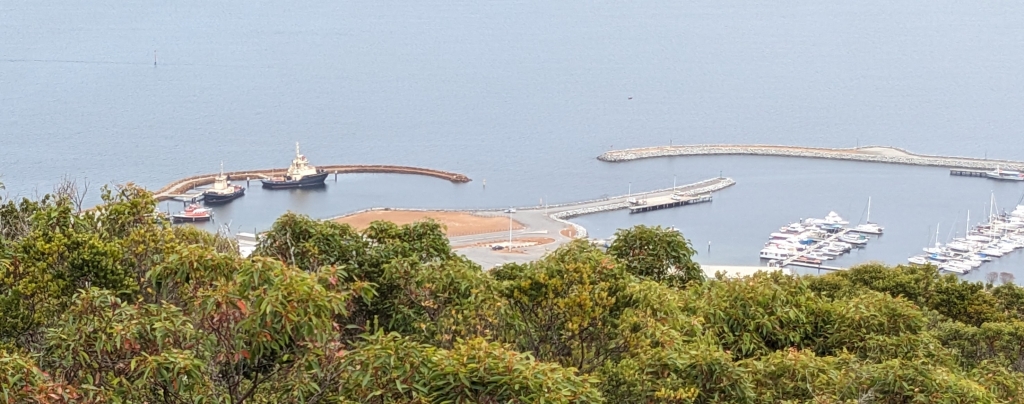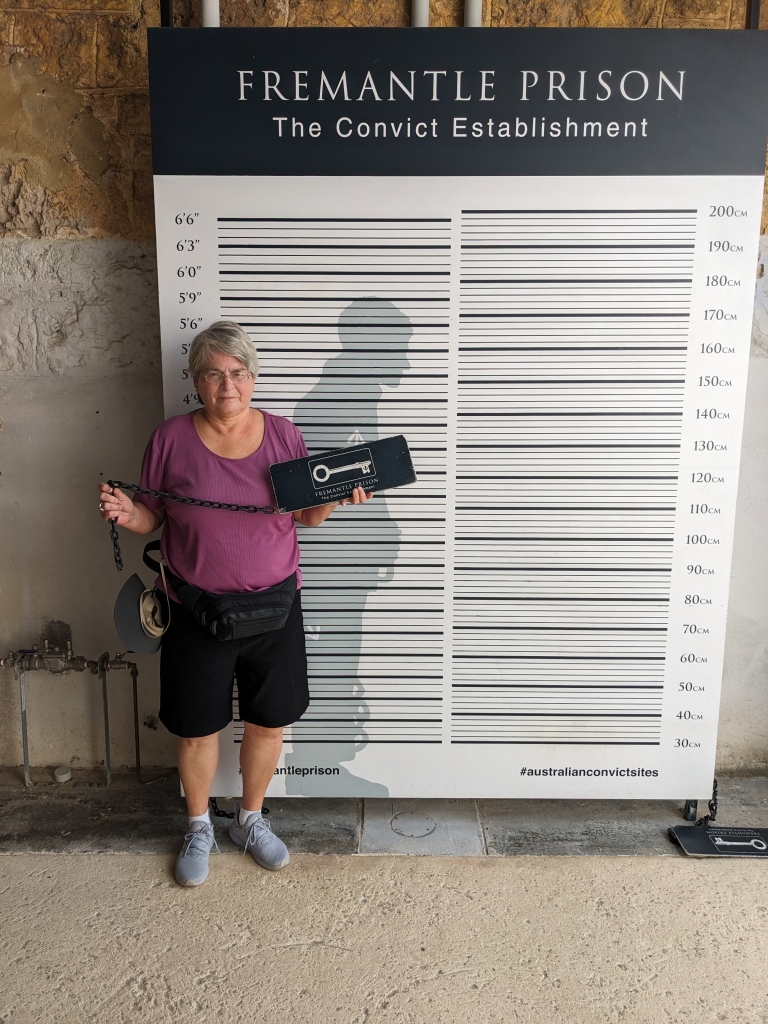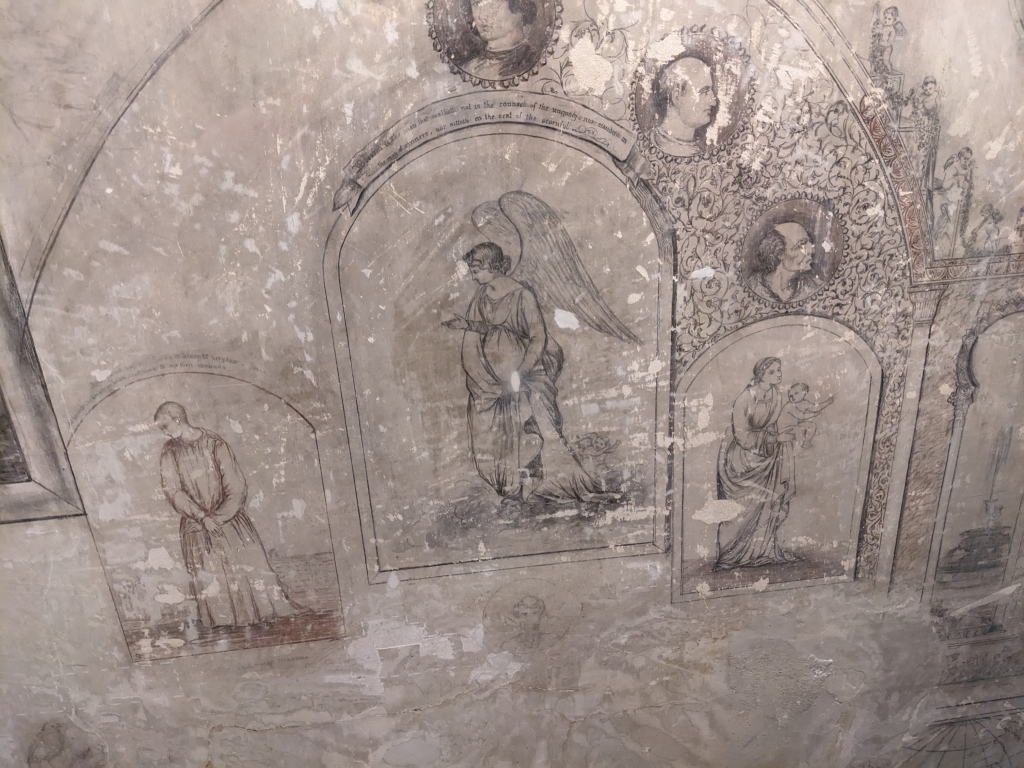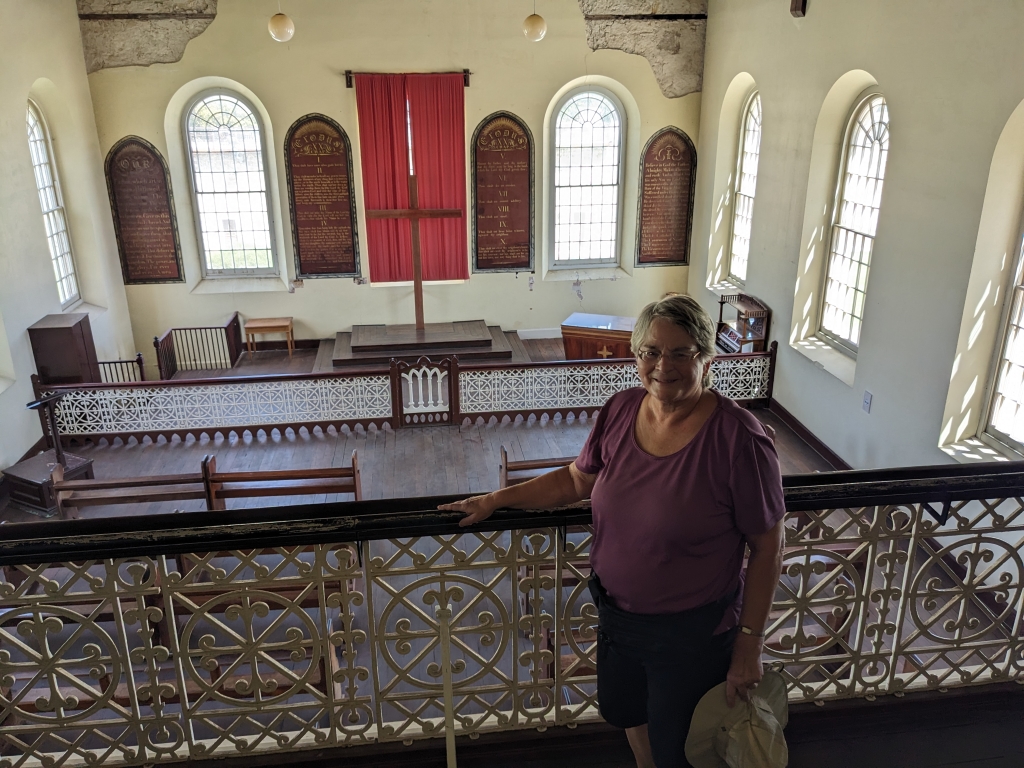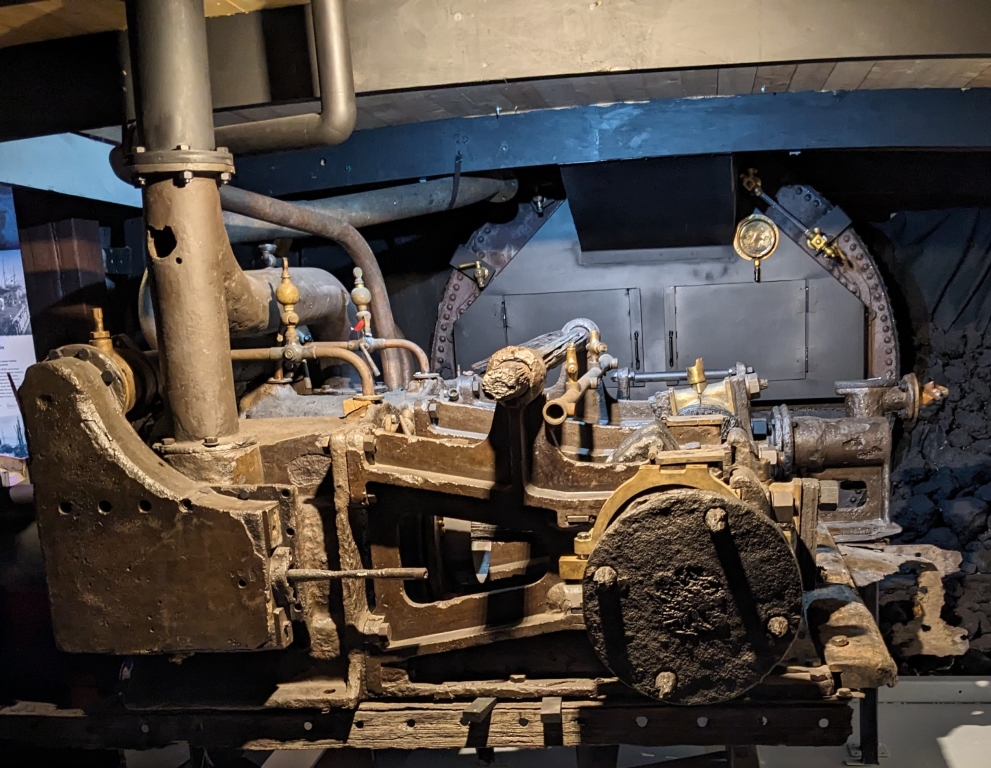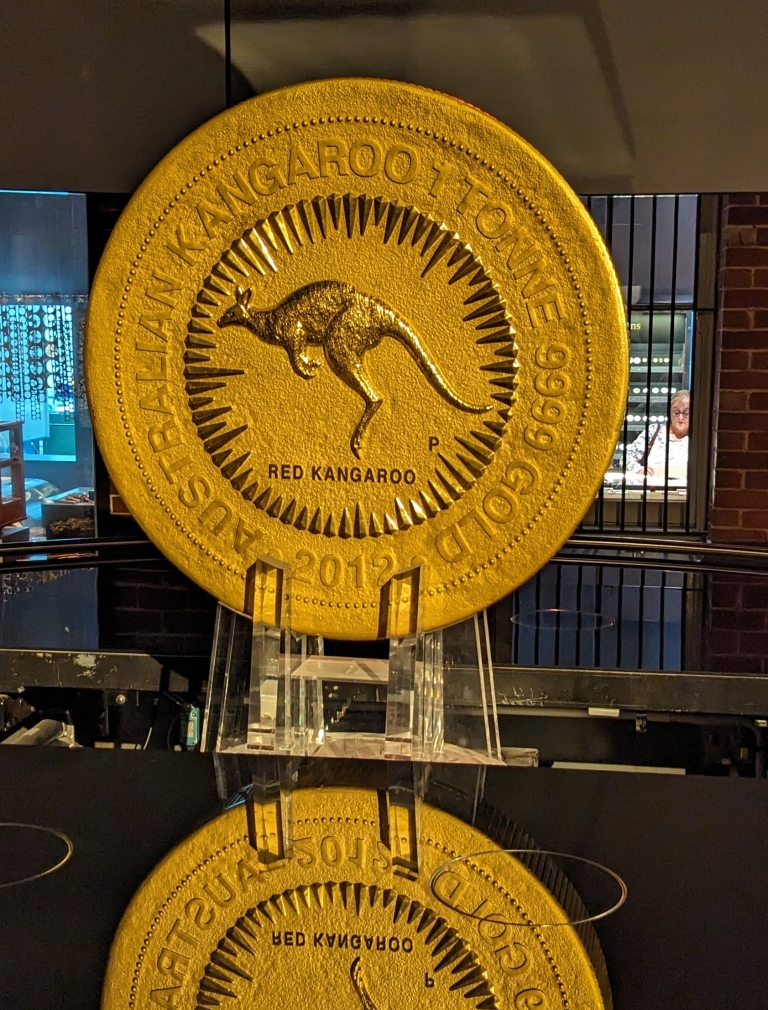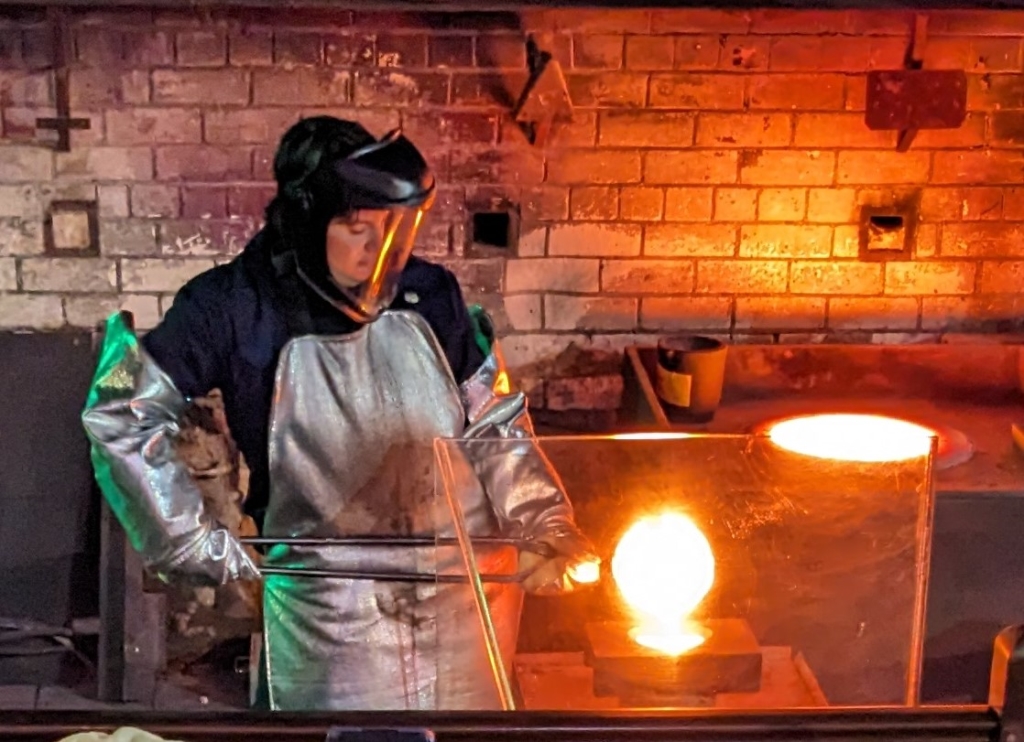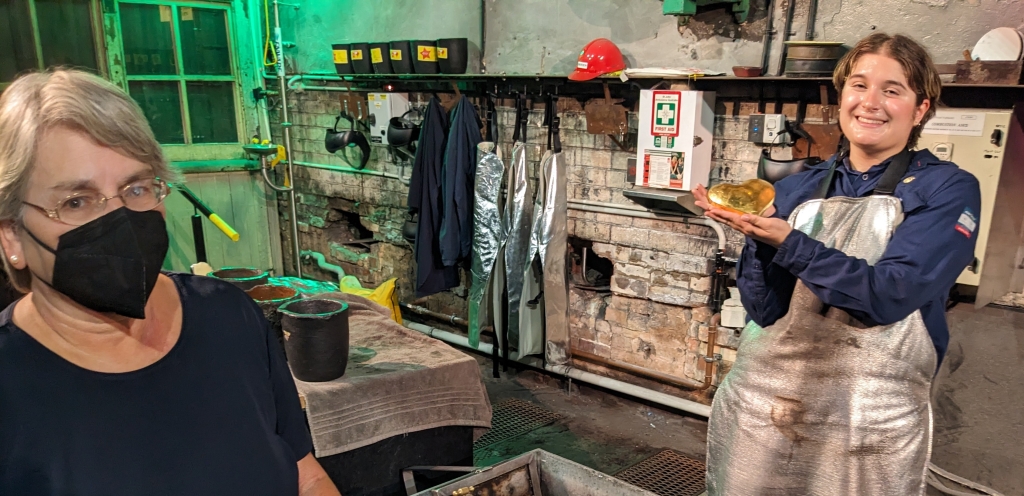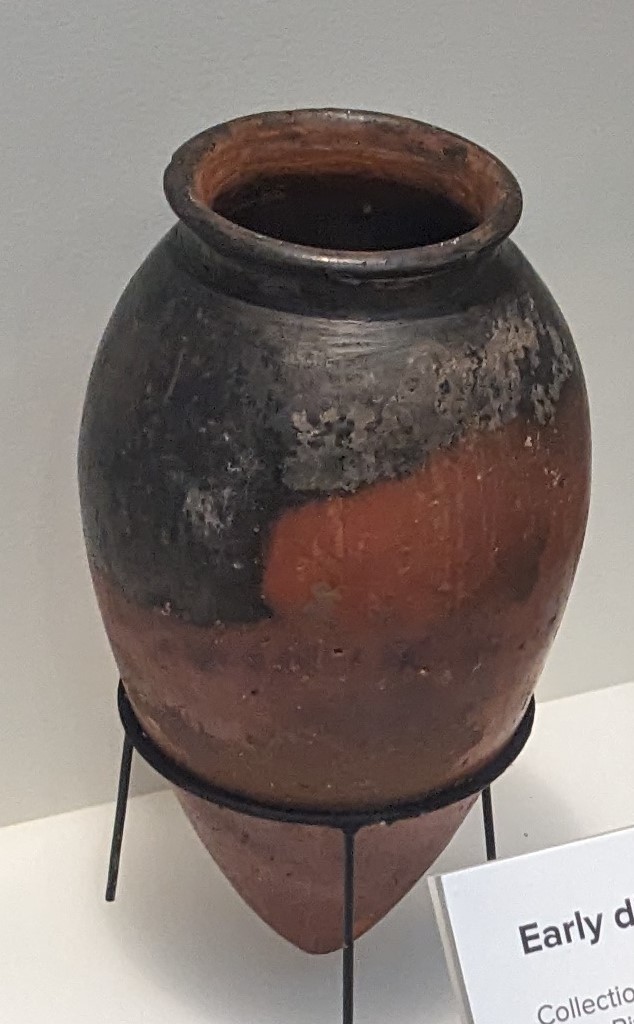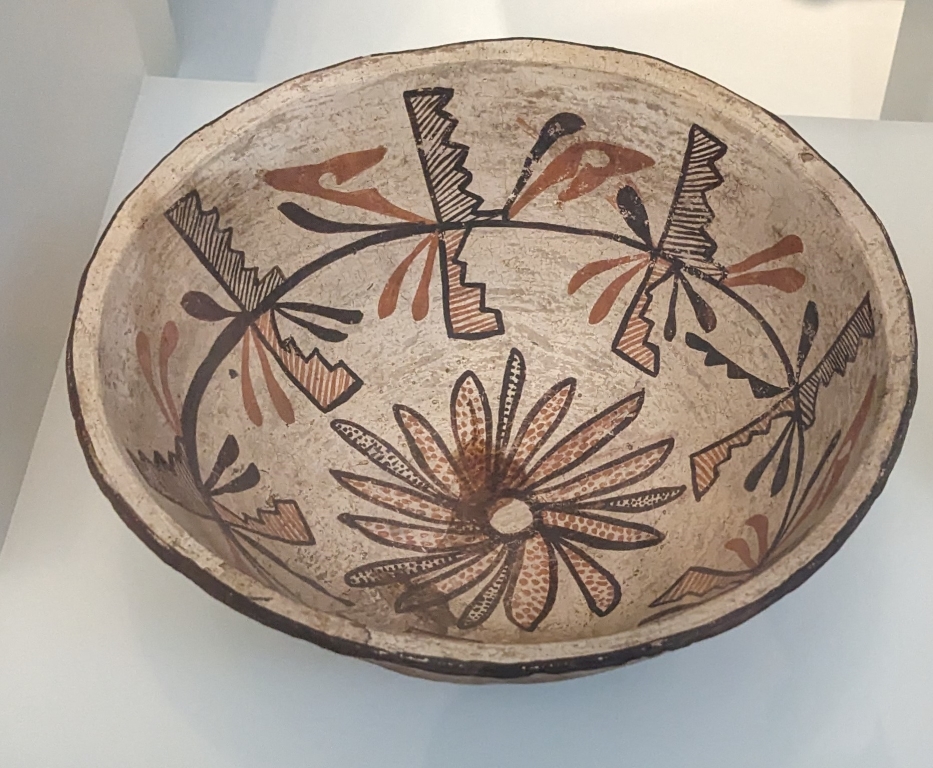When prisoners were being sent to Australia, Port Arthur had the reputation of being hell on earth. The reputation was deserved, sometimes more than others. But it’s important to note that Port Arthur was not a penal colony. It was a place for secondary prisoners. England sent prisoners to a penal colony, where they provided labor, frequently to build colony infrastructure. Those prisoners who repeatedly continued their illegal activities were sent to a secondary punishment facility, such as Port Arthur. So while many of the stories of the brutal conditions at Port Arthur are true, the prisoners who arrived at Port Arthur have already blown their “second chance”. Further, it was still possible for a prisoner to get his “mind right” and get out of the penal system. Finally, while conditions were truly awful, the death rate of prisoners was about the same as the death rate of free people. Life in the 1800s was hard.
This building dominates the view when approaching Port Arthur. But when it was built, it had nothing to do with prisoners. The people of the city wanted their own flour mill. It was costing a lot of money to ship grain to the Australia continent and ship the flour back. Unfortunately, whoever decided to build the flour mill was an idiot. There was nowhere enough flow from the small river to power a mill. They tried adding treadmills which used prisoners to enhance the power available, but the combined power was still far below the needs of the mill. They finally gave up and abandoned the mill building. This project was an abject failure. There were some prisoners ibn Port Arthur, in their own prison building. Besides powering the treadmill, they also did lumbering.
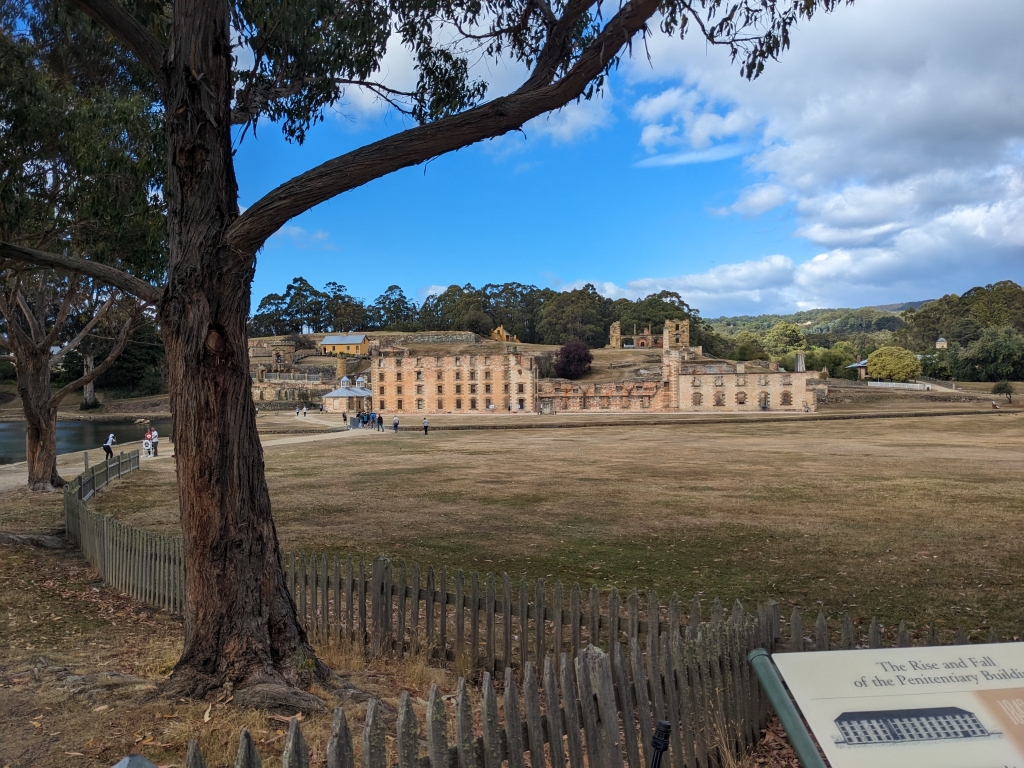
Within a few years, the Australians saw the need of secondary punishment sites, They ended up building three. Port Arthur was the best suited site. Instead of a few prisoners to do logging, they now needed a much larger and more secure penitentiary. They decided to convert the flour mill. England sent prisoners to Australia from 1830 to 1853. While the influx of prisoners stopped, the men already incarcerated still needed to be managed. The prison at Port Arthur continued until the 1860s. It goes without saying that there was more punishment issued at the secondary penitentiaries. In the beginning, the primary punishment was whipping with a cat of nine tails. This punishment was viewed as inhumane. They decided to build the “Separate Prison”, which was very similar to solidary confinement today. Prisoners spent 23 hours a day in small isolated cells. The cells were totally silent. Guards communicated with hand signals. Prisoners were not permitted to speak. Prisoners who still continued to rebel could be moved to one of the punishment cells. These were smaller, had three foot thick walls, were isolated by four doors, and there were no lights. I didn’t get a decent picture of the Separate Prison. This shot comes from the internet.
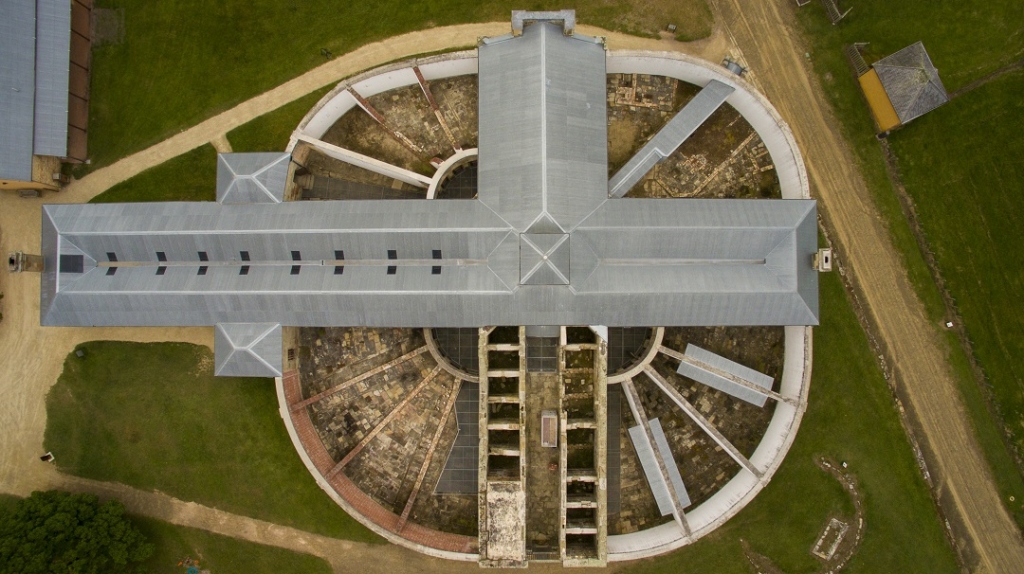
You won’t be surprised to learn that shortly after they started to use the Separate Prison, they had to build an asylum. As the picture shows, the asylum is in remarkably good shape. Shortly after the penitentiary was shut down, the free people living in the area renamed their city Carnarvon and converted the asylum to the town hall.
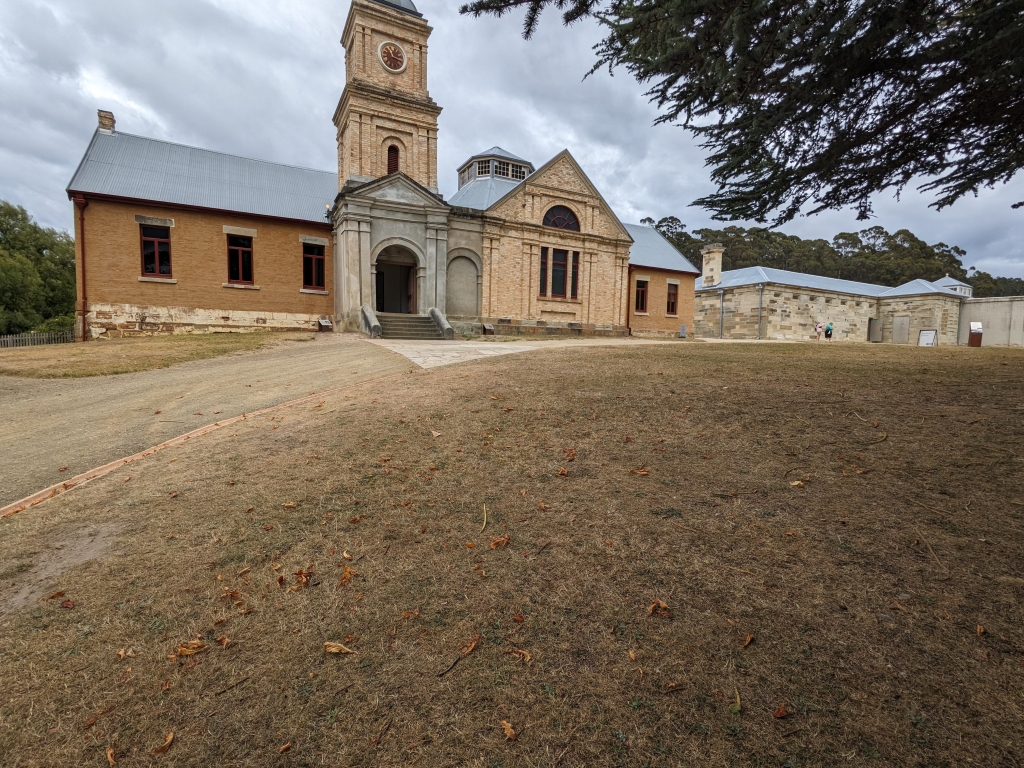
Conditions at the penitentiary depended on the commandant. There were ten commandants. (The museum did a nice little riff on the ten commandments). The commandant had his own house for himself and his family. Each commandant modified the house to suit their needs. As a result, the commandant’s house climbs up the hill as the house was extended.
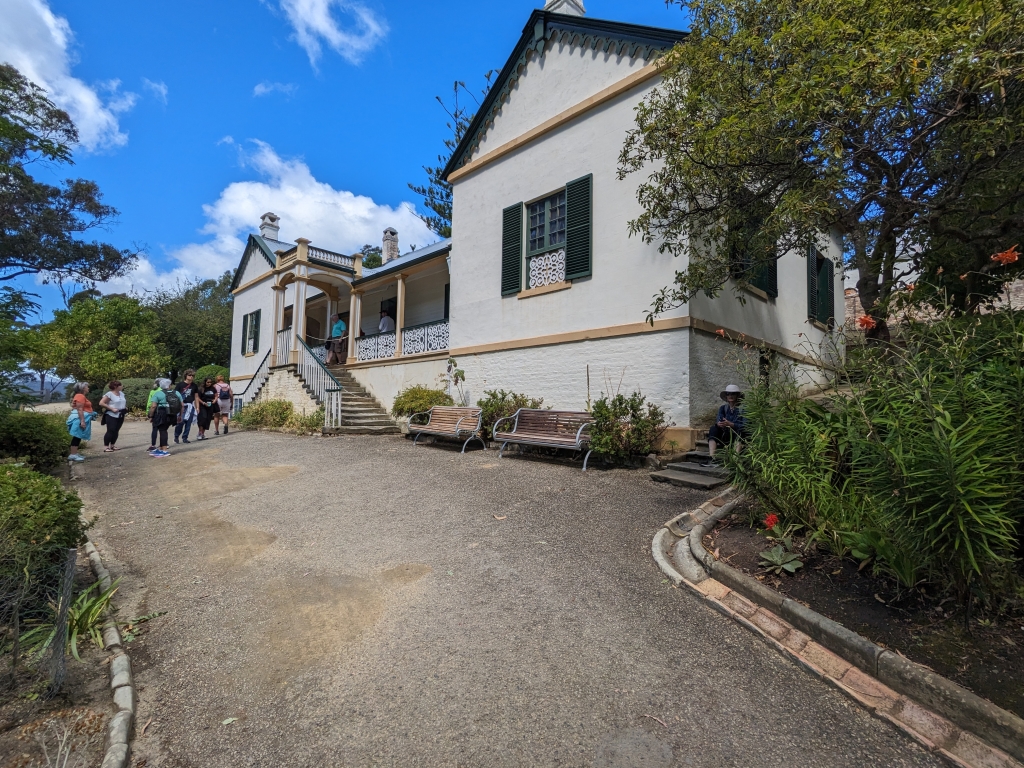
Most of the penitentiary buildings were destroyed or severely damaged by brush fires in 1895 and again in 1897. Eventually, the town found there was money to be made in tourism. They renamed their city Port Arthur. It was never very successful. There were insufficient funds to maintain the property. Eventually, the entire area was sold to the Australian government, and the last few people were moved out. Here’s a shot of the penitentiary from the back side.

As you can tell, we had an absolutely wonderful time in Port Author. Tomorrow is a sea day. I hope this finds everybody doing well.

